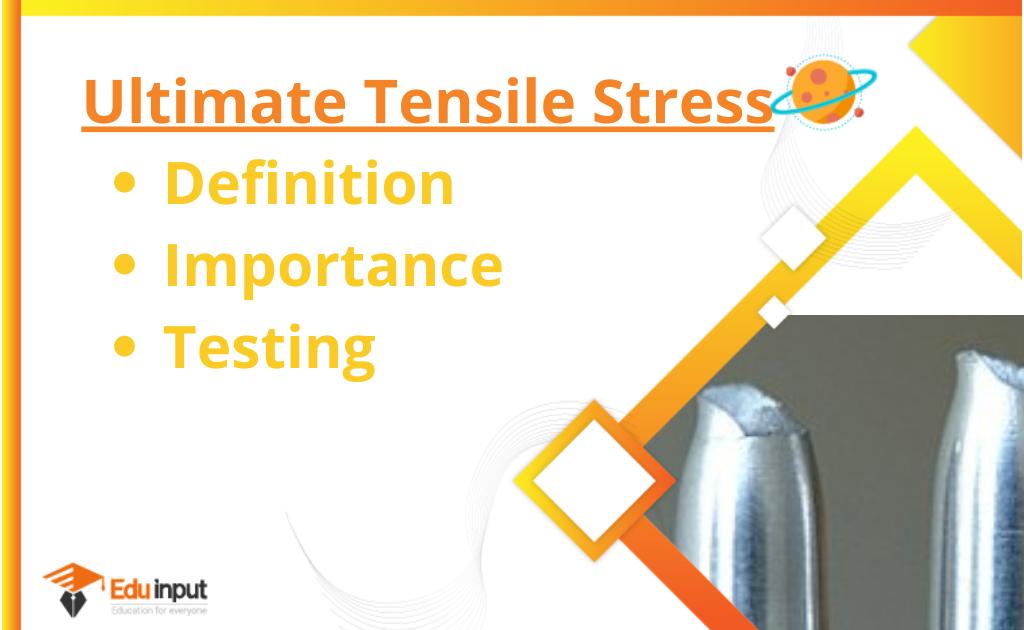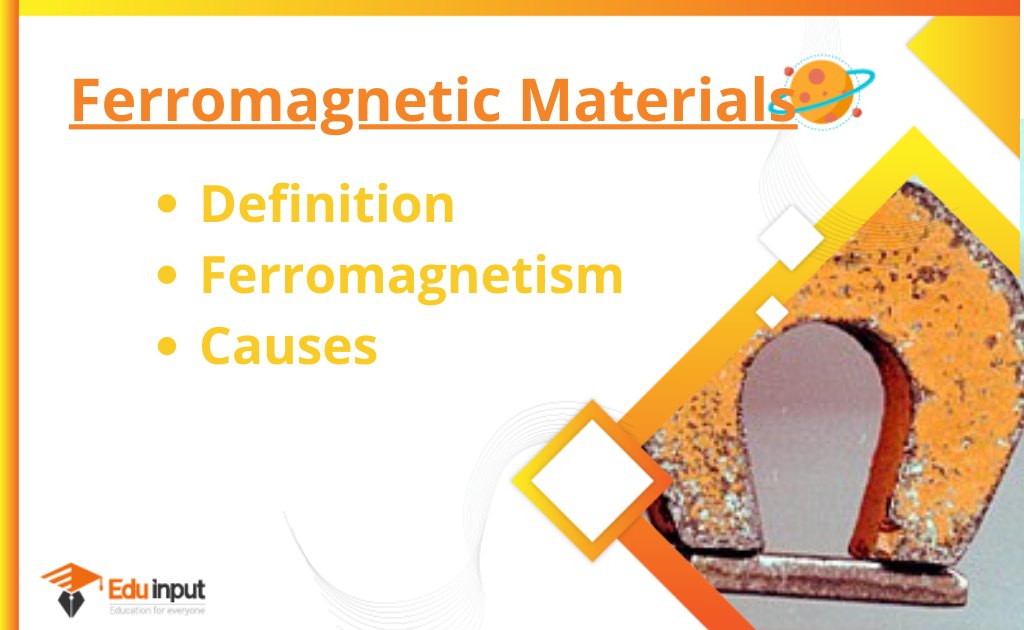Cavitation-Definition, Examples, Types, And Application
Cavitation is the formation of vapor bubbles in liquids. These bubbles are formed due to rapid changes in pressure. When these bubbles collapse they create shock waves that cause damage to cells and structures.
What is Cavitation?
Cavitation is The formation of vapor bubbles within a liquid at low-pressure regions that occur in places where the liquid has been accelerated to high velocities can be found in the operation of Centrifugal pumps, water turbines, and marine propellers. It distorts the flow pattern and is undesirable because it produces extensive erosion of the rotating blades, additional noise from the knocking and vibrations, and a significant reduction of efficiency.
The cavities form when the pressure of the liquid has been reduced to its vapor pressure; they expand as the pressure is further reduced along with the flow and suddenly collapse when they reach regions of higher pressure. The metal surfaces are exposed to the pressure of the cavitating liquid because of the sudden growth and collapse of the vapor cavities.
Cavitation occurs naturally in water and air. However, it is possible to induce cavitation artificially using ultrasound.
Cavitation examples
A few examples of cavitation include:
- When water hits a turbine blade, it causes the blade to vibrate at high speeds.
- When water passes over a propeller, it creates pressure waves that reduce efficiency.
- Water passing over the blades of a helicopter rotor causes them to vibrate.
- When water flows through a pipe, it creates small bubbles that may break off and travel downstream.
The size of these bubbles determines how much damage they do. Smaller bubbles have less power than larger ones.
Types of Cavitation
There are two main types of cavitation
- Inertial cavitation
- non-inertial cavitation
Inertial cavitation
The collapse of a spherical void within a liquid is thought to have been the first instance of inertial cavitation. It is possible for a volume of liquid to form a cavity when it is subjected to sufficiently low pressure.
This phenomenon may occur behind the blade of a rapidly rotating propeller or on any surface that vibrates in the liquid with sufficient amplitude and acceleration. When there is a drop-off on a waterfall, a fast-flowing river can cause cavitation on the rock surfaces.
Non-inertial cavitation
Non-inertial cavitation is a process in which a bubble in a fluid is forced to change shape due to some form of energy input. It can be seen in pumps, propellers, etc., and can also be used in Ultrasonic cleaning baths.
Cavitation Application
There are many applications of cavitation in different fields. these are some applications of cavitation.
Chemical engineering
In industry, it is often used to mix and break down suspended particles in a liquid compound such as a paint mixture or milk. There are many industrial mixing machines that are based on this principle. It can be accomplished by forcing the mixture through an opening that has a narrow entrance and a larger exit.
Biomedical
Currently, tests are being conducted as to whether cavitation can be used to transfer large molecules into biological cells. Nitrogen cavitation is a method of research used to lyse cell membranes.
Cleaning
In industrial cleaning applications, the power of cavitation can be used to overcome the particle-to-substrate adhesion forces. The power input and pulse width are very important in determining the threshold pressure required.
This method works by generating acoustic cavitation in the cleaning fluid, picking up and carrying contaminant particles away in the hope that they don’t come back to the material being cleaned, which is a possibility when the object is immersed, for example in an Ultrasonic cleaning bath. The potential to damage the target being cleaned is the same as the physical forces that remove the contaminants.
Cavitation Damage
In many cases, it is an undesirable occurrence to have cauliflower. A great deal of noise, damage to components and a loss of efficiency can be caused by cavitation in devices such as propellers and pumps. In naval vessels where noise caused by cavitation can be particularly undesirable, it may be easier to detect it with passive sonar.
It has become a concern in the renewable energy sector that it may happen on the blade surface of the tidal stream turbine.







Leave a Reply